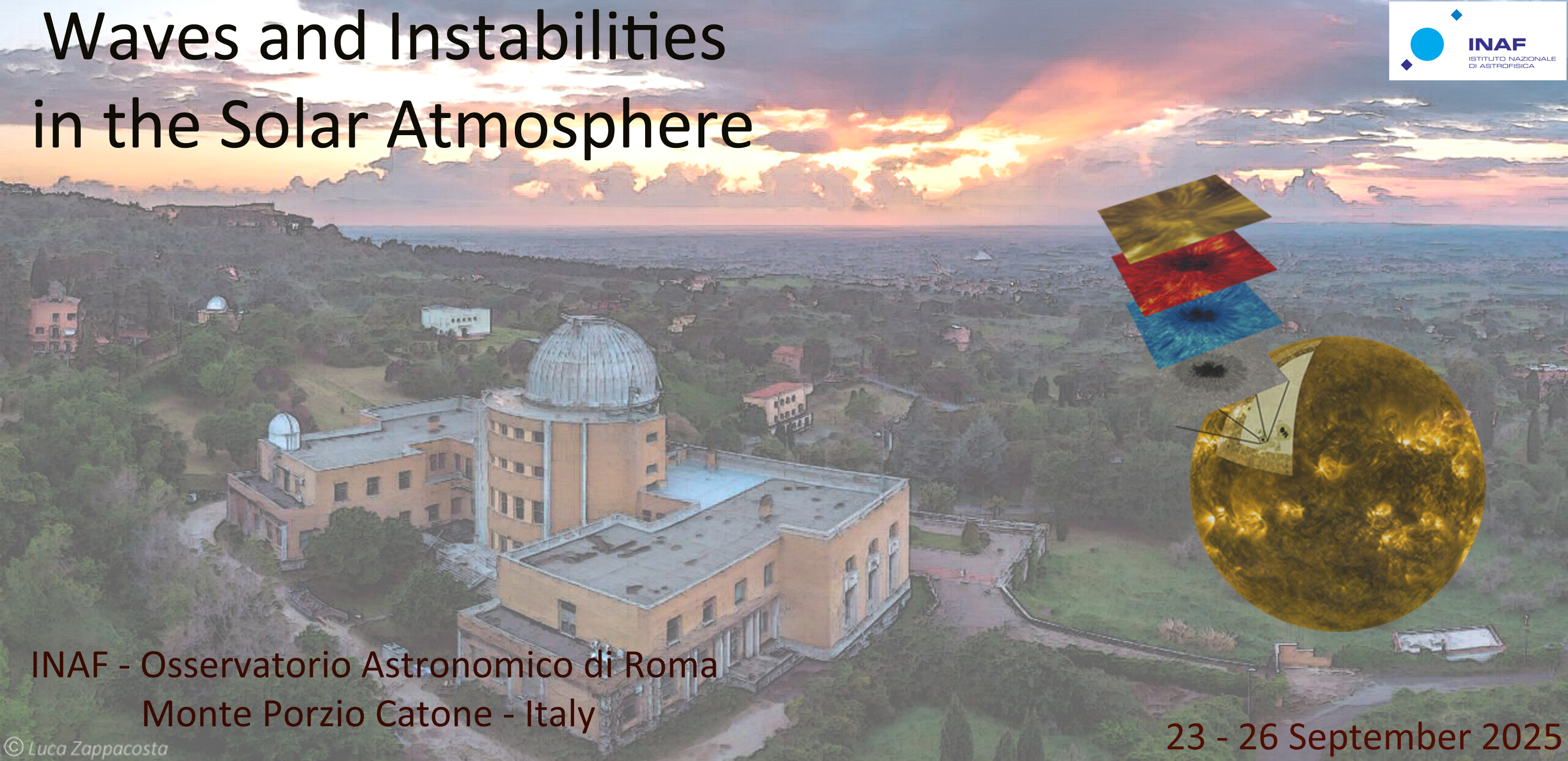Speaker
Description
The explosive increase in observational data from ground- and space-based instruments highlights the need for automated detection techniques capable of detecting the phenomena of interest in a large amount of data for a reasonable time. Nowadays, Artificial Neural Networks (ANN) demonstrate such a capability. In this study, we demonstrate how artificial neural networks can be used to detect oscillatory phenomena in time series and imaging data. First, we trained the Fully Convolution Network (FCN) to detect exponentially decaying harmonic Quasi-Periodic Pulsations (QPP) in flare lightcurves. For this purpose, we generated 90,000 synthetic flare lightcurves with and without QPP. After training, the FCN showed an accuracy of 87.2% on the synthetic test data and did not experience overfitting. Then, the FCN was tested on real data, including the Kepler flare catalogue, comprised of 2274 events. The latter resulted in a 7% QPP detection rate with a probability above 95%. Next, we implemented a CNN–LSTM hybrid model to detect transverse (kink) oscillations in coronal loops using imaging data. The model demonstrated ~95% accuracy on synthetic loop datasets. The model’s performance is being tested on real solar observations to ensure its robustness. These results highlight the potential of ANN-based tools for automated preprocessing and initial classification of solar oscillatory events, enabling faster and more scalable analysis of large observational archives.
| Sessions | Novel diagnostic techniques and forward modelling |
|---|

